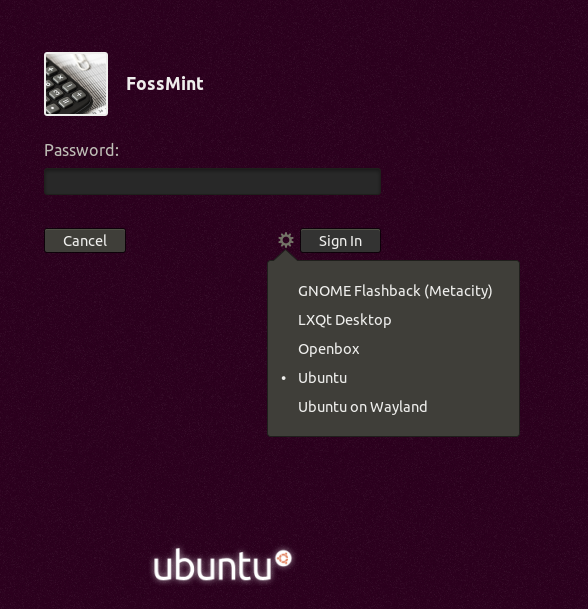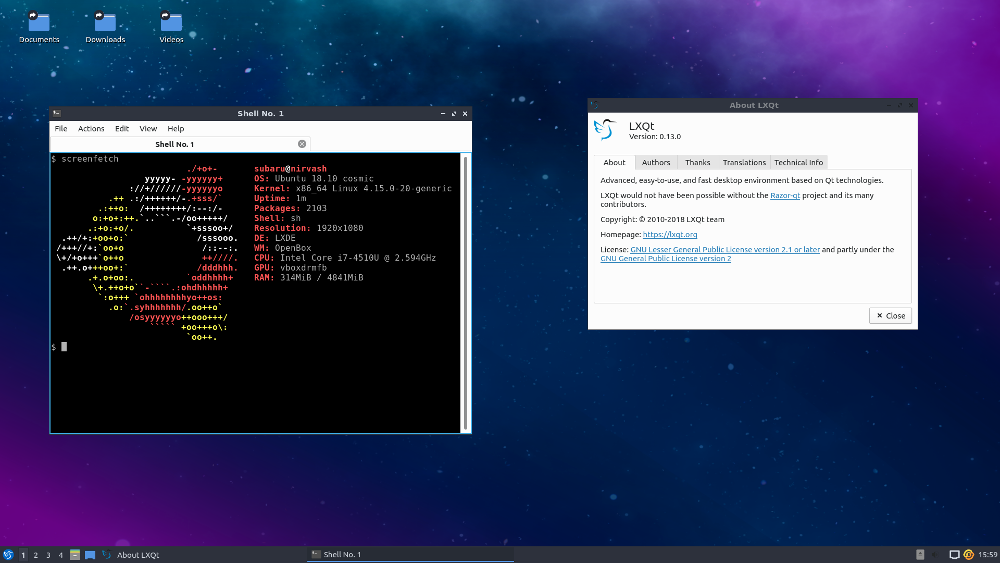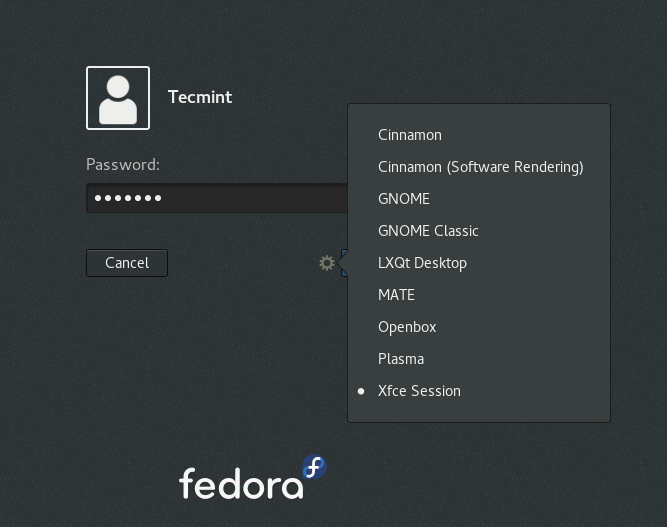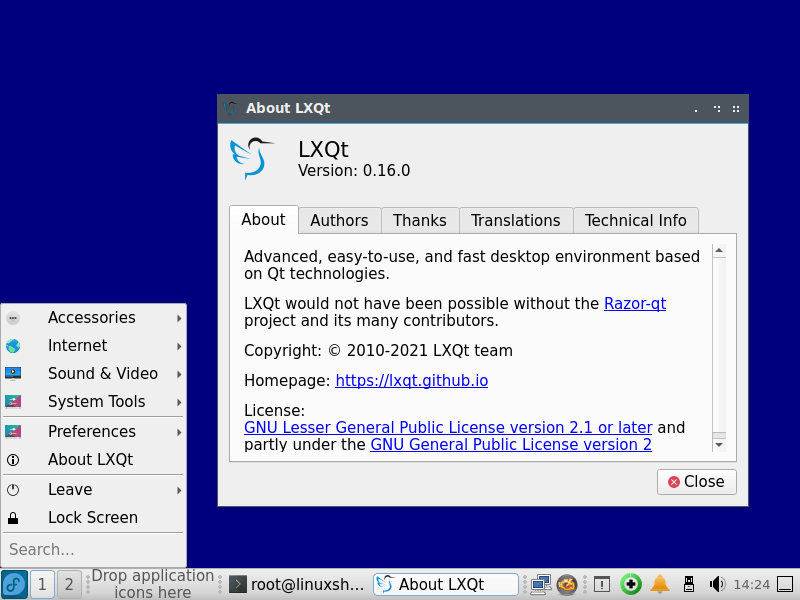How to install the latest LXQt desktop in Ubuntu and Fedora

LXQt developed from popular components LXDE and Razor Qt LXQt is a free, open source, lightweight, and fast desktop environment for Linux and BSD distributions. It has several cool and well-known features borrowed from the LXDE desktop, such as low system resource utilization and sleek and neat interfaces.
In addition, one of its distinctive features is the high level of customization to meet desktop usability requirements. The default desktop environment Knoppix, Lubuntu, and a few other lesser-known Linux distributions have had a default desktop environment.
[ You might also like: 13 Open Source Linux Desktop Environments of All Time ]
Entry: LXQt originally was to become a successor LXDEhowever, now both desktop environments continue to coexist in the meantime and, most importantly, more development is focused on LXQt than LXDE.
LXQt Desktop Features
Below are some of its significant components and additional features:
- pcmanfm-qt file manager, Qt port for PCManFM and libfm
- lxterminal, terminal emulator
- lxsession session management
- lxqt-runner, a fast application launcher
- Supplied with built-in energy saving component
- Supports multiple international languages
- Supports multiple keyboard shortcuts and many other small features
The latest version of this relatively new desktop environment is LXQt 0.17.0, with several improvements listed below:
- Packages built against Qt 5.11.
- Improved libfm-qt file management.
- qps and screengrab now under the LXQt umbrella.
- Memory leaks related to the menu are corrected.
- Improved LXQtCompilerSettings.
- New lxqt themes component.
- Improved shutdown session for shutdown / restart and more.
How to install LXQt Desktop on Ubuntu Linux
Although the latest LXQt version is not available from the default Ubuntu repos, the easiest way to try the latest LXQt desktop version on Ubuntu 20.04 LTS is to use the following command.
$ sudo apt-get update $ sudo apt install lxqt sddm
When the installation is complete, you can log out of your current session or reboot the system. Then select LXQt on the desktop in the login interface as shown below:


Install LXQt Desktop on Fedora Linux
From Fedora 22 since then, LXQt packages are included in Fedora default repositories and can be installed yum or dnf as shown.
# dnf install @lxqt
Once installed, log out of the current session and log in LXQt session as shown in the picture.

In the next screenshot, the official Fedora archives are still there LXQT 0.16.0.

Removing the LXQt desktop from Ubuntu and Fedora
If you do not want LXQt on your desktop on your system, delete it using the command below:
-------------------- On Ubuntu -------------------- $ sudo apt purge lxqt sddm $ sudo apt autoremove -------------------- On Fedora -------------------- # dnf remove @lxqt
Here’s all if you want to get feedback or suggestions you want to bring to our attention, use the comment section below for this purpose and always remember to stay in touch Tecmint.
Comments
Post a Comment